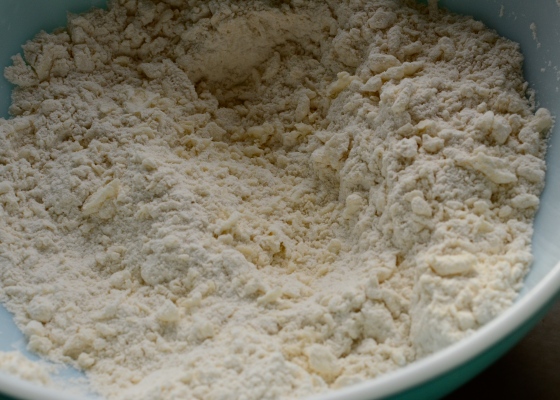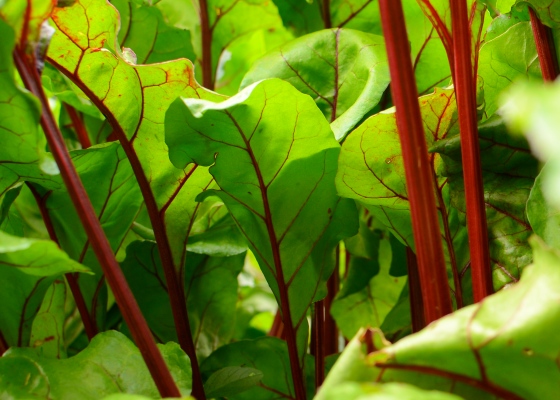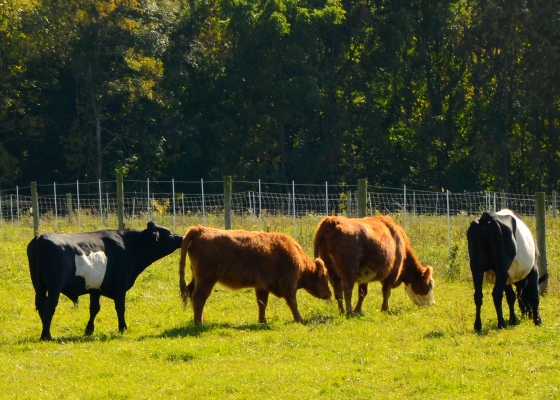Ok, I am pretty sure I promised you all this recipe sometime last fall. Unfortunately 2012 was a pretty depressing year for fruit in our area and I was unable to get local, unsprayed pears. This year was a drastically different growing season and we have plenty of apples and pears available to us right now.
Ye olde family in the big house is pretty partial to my mom’s apple pie (a recipe that I am also getting pretty good at myself) and, if my math is correct, that we may have consumed- oh, maybe four times already this apple season. Well, I was looking for a change and a slightly easier (read, I was short for time…the pears were about to turn…and I needed something fast and not fussy) and I remembered the tart that I had thrown together, on a whim, a couple of years ago when I was sadly in the same dinner situation as previously mentioned. Will I ever learn to be more prepared when it comes to the dinner schedule? Probably not, at least not while the kidlits are little. Happily, my disorganization is your gain.
Anyway, I wanted to share it here with you because I am guessing that all of you wonderful, creative, busy and beautiful people sometimes find yourself short on time, big on hungry, looking for a tasty hassle free dessert that you don’t feel guilty about later. I mean, it does contain fruit that has to count for something, right? Right?
What follows is not much of a recipe, maybe more accurately a set of suggested guidelines that could easily be morphed into what sounds good to you on any given night.
**************************************************************************
Rustic Pear Tart
what you need:
- 3-4 pears, or what ever fall fruit is sitting on you counter perched on the edge of turning. Apples and Quince would also work.
- 1 teaspoon of cinnamon
- 1/2 teaspoon of cardamom
- 1/4 teaspoon of freshly grated nutmeg
- 1 tablespoon of wildflower honey
- 1 small cookie sheet with sides
what you do:
- Slice your fruit into 1/4 inch slices. I used a combo of red and green pears here just to make it extra pretty. Place in large bowl and toss with cinnamon and cardamom. Let sit while you prepare the crust.
- Make your favorite pie crust recipe (my mom always used the Betty Crocker recipe or you could try this gluten-free one), enough for two 9” regular pie crusts. Roll out into a rectangle slightly larger than the size of your cookie sheet. Transfer to sheet.
- Place fruit in two lines, long way on crust, with lines facing opposite directions. Sprinkle fruit with nutmeg and drizzle with honey. Roll the crust up and over the edges of the fruit. Place 3-5 pats of butter evenly over fruit if desired.
- Bake at 450 degrees for 30-40 minutes. Serve warm.
You can change this to your taste. Try switching up the spices, maybe allspice instead of cardamom? You could also play with the sweetener. Maple syrup is another one of my go-to substitutes for white sugar. Make changes, make it your own and definitely make it tonight. That sad bowl of forgotten fruit will thank you for saving them from a less desirable fate.



















